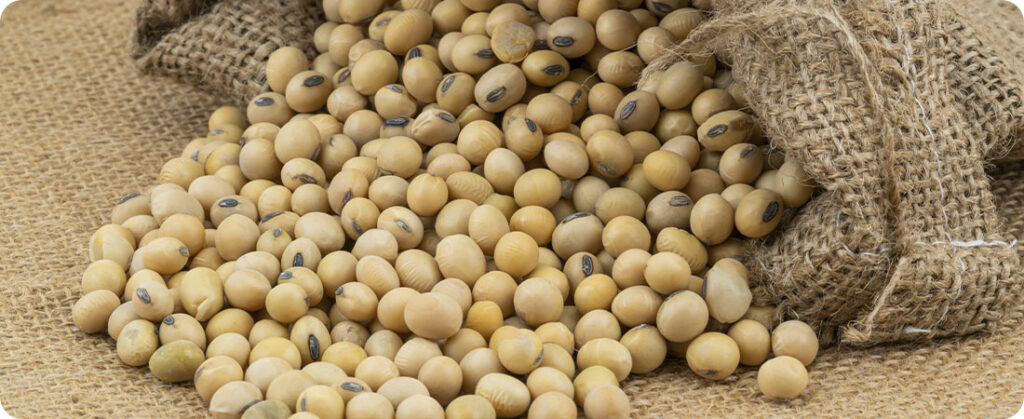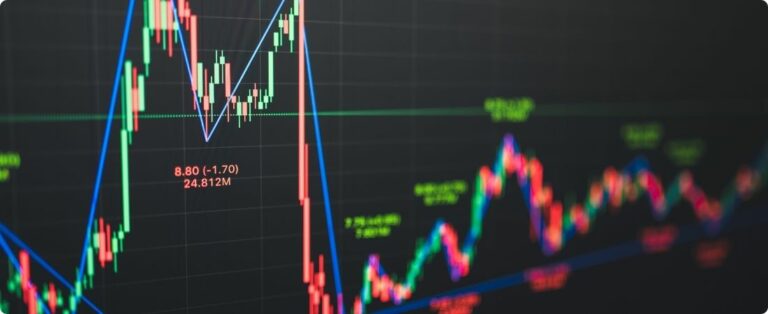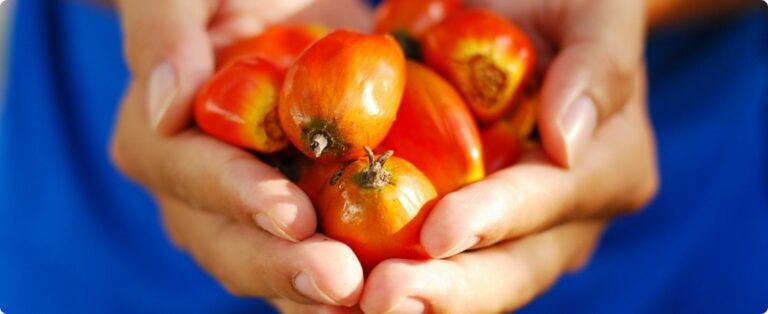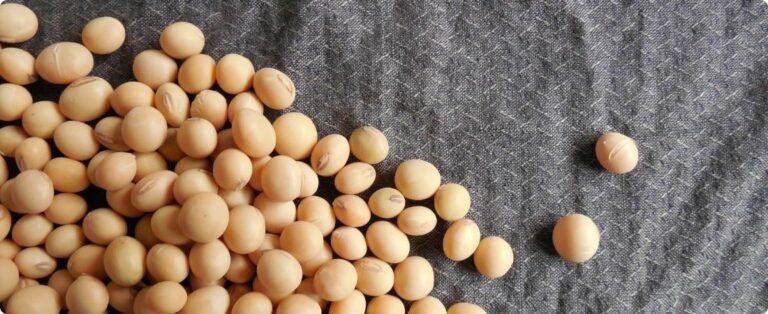
According to the most recent Conab Weekly Bulletin, the Brazilian agricultural scenario is going through a critical period, characterized by challenging weather conditions in several regions. The irregularity of rainfall, associated with high temperatures in the early stages of the cycle, has significantly impacted the development of crops. soy.
In Mato Grosso, planting is complete. However, the irregularity of rainfall has been a preponderant factor, affecting the development of crops in different regions. The scenario requires constant vigilance and possible adjustments in agricultural practices to mitigate adverse effects.
In Goiás, after a period of pause, planting was resumed due to the return of rain. The region is experiencing widespread replanting, but rainfed areas show significant improvement with the return of rainfall.
In the state of Mato Grosso do Sul, the combination of rain and low temperatures resulted in benefits for plantations. However, there is evidence of a reduction in the vegetative cycle, with smaller plants already beginning the flowering process.
In Rio Grande do Sul, constant rain and high soil humidity are negatively impacting the progress of the planted area. Heavy rains have caused soil erosion and loss of nutrients and seeds, a worrying factor that requires special attention for soil recovery and protection.
Climate trends in Brazilian agriculture: Advances and challenges in different regions of the country
In Paraná, drier climatic conditions have been beneficial, contributing to the evolution of sowing and cultural practices. This condition stands out as a positive aspect in the general context.
In Minas Gerais, planting resumed after the return of the rains. However, the reduction in plant population in several regions, attributed to high temperatures and low soil moisture, is an issue of concern.
In Bahia, the rains have favored sowing, but there are failures in germination and the need for replanting in some areas of the West, which demands attention and careful management.
In Maranhão, the return of rain allowed greater progress in the area sown in the Balsas region, marking a promising development for this phase of the agricultural cycle.
In Piauí, more voluminous rains are creating more favorable conditions for the planting and initial development of crops, a positive sign for agricultural production in the region.
Finally, in Pará, irregular rainfall is causing delays in planting in the Southwest and Southeast regions, with the need for replanting in some areas.
Soybean harvest progress

The start of the soybean harvest has been marked by irregularities, reflected in a delay in the progress of planting in practically all producing states in the country. In the 12 states monitored, the advance registered 75.2%, compared to the 86.1% recorded in the same period of the previous year. A delay of 10.9% in the progress of the harvest.
Delays were more significant in states like Mato Grosso at the beginning of the season, stabilizing in recent weeks. The same is observed in Piauí, Rio Grande do Sul and Minas Gerais.
Soybean sowing progress

- In Tocantins, harvest progress is slightly behind the previous year, but last week showed an improvement of 5%.
- Maranhão, in turn, is still well behind last year's pace, but the recovery of 19% in the last week.
- In Piauí, there is a significant delay compared to the previous year. However, the recovery of 28% in the last week stands out, signaling a possible positive turn.
- In Bahia, although the comparative delay with the last harvest persists, there was a notable improvement from 30 to 55% in the planted area during the last week.
- Mato Grosso, a crucial state in agricultural production, remains almost on par with the previous year's progress, although with a slight delay. The recent week indicated a steady increase.
- Mato Grosso do Sul, although slightly behind last year, is also showing signs of consistent recovery.
- Goiás and Minas Gerais are facing more significant delays compared to last year, but both states recorded robust increases in the last week, an indication that conditions may be improving.
- São Paulo, remaining close to last year's pace, and Paraná, showing a slight advance, reflect a more stable situation compared to other regions.
Santa Catarina and Rio Grande do Sul, despite still lagging behind in relation to the previous year, showed improvements in the last week, indicating continued efforts to overcome climate challenges and other adverse factors.
Source: Gabriel Rodrigues and Aline Merladete | agrolink














